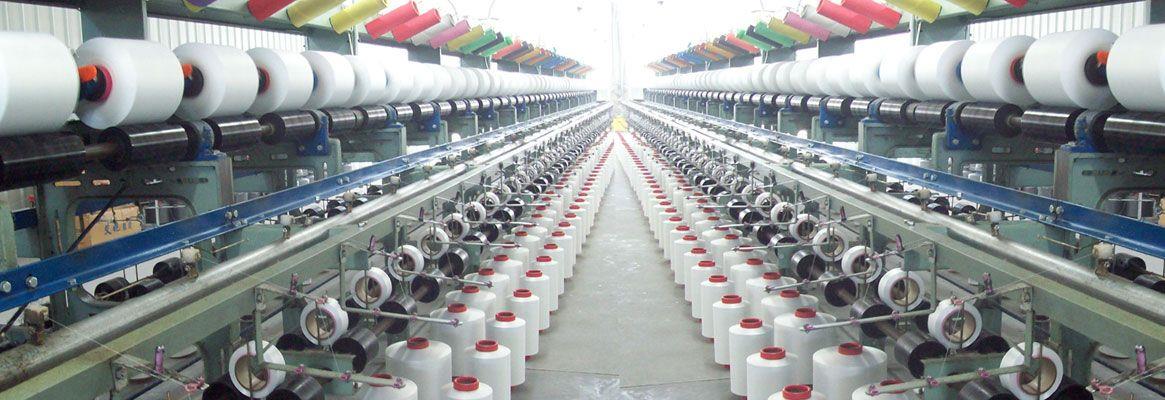As food and clothing will continue to remain key purchases, there is always hope for this industry.
It is a battle with an invisible enemy. The virus that started in China’s Wuhan has now affected almost all parts of the world, and is seen as one of the worst periods in human history. Almost all major economies, including China, the United States, India and many European nations, are under complete or partial lockdown. The pandemic has shaken up both the human race and the economies of these countries.
For the past few weeks, what India and the world have seen is unimaginable. We have been part of many conversations on what has been happening. However, from the economic point of view, a major concern is the future of the textile industry.
The demand for textile products abroad and domestic sales have come down to a grinding halt due to the panic situation created by the COVID-19 outbreak. Due to the lockdown, all sorts of textile-related factories are closed and it is tough to hazard a guess when those will be allowed to open. Workers have been running here and there amid all sorts of confusion. The business community is scared on account of cash crunch, supply chain disturbance and manpower-related issues.
India has more than 2,000 spinning mills with different spindle capacity. Workers in big units controlled by corporations reside in labour colonies adjacent to the factory premises. The majority of workers are migrants from Bihar, Uttar Pradesh, Orissa and other states. At present they are being taken care of by the employers. Some workers were forced to stay back in the absence of means of transport following the lockdown. Once the lockdown is lifted, there is a possibility that many of them will rush to their hometowns or villages. At present, may be raw material and electricity expenses are not being incurred, but rest all expenses are a direct loss to mill owners. There are other issues like what will happen to goods under processing and whether those may be directed to factory seconds. All shipments are on hold and expiry of letters of credit may result in renegotiation of prices. It will definitely not be smooth and easy to restart operations after the lockdown.
The apparel industry is severely hit all over the world. Stores are closed and almost all buyers are cancelling or postponing orders as they have big inventories. They may not place orders in the next few months as well. The daily wage worker who forms 80 per cent of the workforce in garment factories is on roads or back in his hometown. India’s major export destinations, the United States and Europe, are the worst affected. It is tough to say when these countries will return to normal life, and even if they do, how soon will consumers start spending as the lockdown will result in unemployment as well.
Volumes may come down, but will not disappear. Once life is back to normal, people are expected to shop as a feel-good element after months of lockdown and depression.
All machinery manufacturers have also suspended operations. Neither are they in a position to manufacture machines, nor are customers in a position to accept delivery.
Even after machinery manufacturing starts, customers will take a couple of months to accept the delivery.
According to a recent survey by the International Textile Manufacturers Federation (ITMF), on an average 8 per cent orders have dropped worldwide and the expected turnover this calendar year will be down by nearly 10 per cent over 2019 figures.
Some of the new challenges are safety, lack of supply and demand in addition to liquidity crunch. A new opportunity seems to be medical textile products. Indian companies should start preparing to face such challenges without depending much on government measures, which may offer only limited relief.
The industry may take a much longer time to recover after the lockdown. It may take a minimum of four to six months to see businesses back to normal, as estimates of direct losses are difficult to make now and it is also tough to foresee the issues that will crop up later. Financially strong companies are expected to recover faster.
Another lesson to learn is not to depend on a single source for raw material supplies, and shift towards localization and variable-cost models. Many global companies would shift buying from China to other countries, including India. As food and clothing will continue to remain key purchases, there is always hope for this industry.
About the Author: Ashok Juneja is the national president of the Textile Association of India (TAI).








Comments